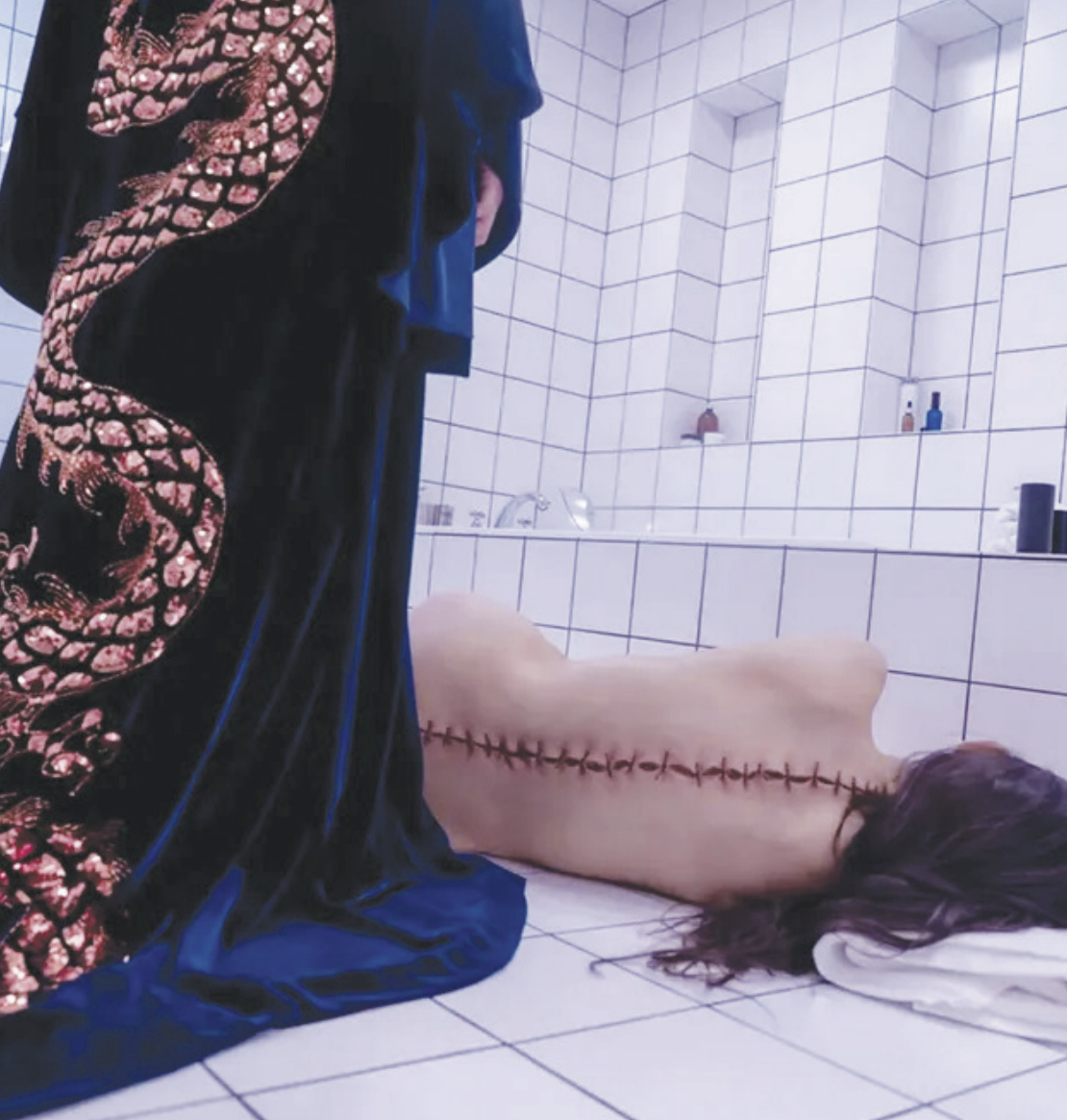“The Substance” New Feminist Movie Review
In a dreary back alley of Prague, I carefully stepped across shards of broken Pilsner bottles and one askew syringe. The walls were caked in cigarette ash and burnt-out tungsten lightbulbs. At the end of the alley stood a rusted gate standing at nine feet tall, not counting the missing middle section where a rogue Eurasian Magpie laid its nest. Through this gate, I found a freeing oasis: an independent Czech movie theater. That night’s screening, fittingly so, was “The Substance.”
A darkly comedic, science fiction body horror from French director Coralie Fargeat may not seem like a huge hit-making opportunity for Hollywood to produce. Yet, critics and audiences were both amazed, enamored, disgusted and purely sickened by the twisted tale of a gracefully aged Demi-Moore-type character played by none other than Demi Moore.
Moore plays Elisabeth, an aerobics TV personality, who is suddenly fired from her long-running daytime show on her fiftieth birthday. Afterwards, she spirals into a world of transformative green goops and 25-year-old bodies. Through this world, Sue, played by Margaret Qualley, arrives to upend Elisabeth’s world.
“The Substance” is a movie best watched in the unknown. Frankly, my description reveals far too much, even for three sentences. The story is simple, but effective, allowing the visuals to carry much of the viewers’ attention. Those visuals are not regulated to the aforementioned body horror. In fact, some of the most jarring moments come from the most “human” moments. Dennis Quaid plays the aerobics show producer—a vile man hellbent on his own profit from the sex appeal of under-appreciated and under-paid female stars. In an early scene, Quaid’s character casually walks into a bathroom, up to a urinal, and urinates while on the phone with another producer. The moment is shot with a wide fish-eye lens on the camera, creating the effect of Quaid prominent nose and caterpillar-like eyebrows to reach out into the audience, sniffing each unpleasant reaction from the unruly viewer.
Later, Quaid and Moore have lunch together while he downs heaves of shrimp. He insists on talking (down) to Moore while simultaneously scarfing down the seafood as if he’ll explode if he refuses to multitask. Considering certain moments that come later, it is impressive to see that the filmmakers were able to make Quaid’s demeanor even more revolting than the climax’s certain conflict.
As for said climax, I shall be vague. There are no subtle twists in this story; each moment is definably built like organized steps. Moore discovers the possibilities of the titular substance, leading to her excessive consumption, which drives her (and Sue) to total self-destruction and ultimate comeuppance. It follows the arc of a pure Shakespearean tragedy, with the comedic elements of Jon Waters sprinkled in, and the stylized techniques of Alfred Hitchcock.
All in all, watch this movie ONCE. On second watch, much of the suspense and intrigue is lost (which does not demerit its quality but takes away an important layer of interest). After you finish, watch John Carpenter’s “The Thing” or perhaps the Violet Beauregarde scene from “Willy Wonka & The Chocolate Factory.” Oh! And watch “Anora!” I cannot stress that recommendation enough.



